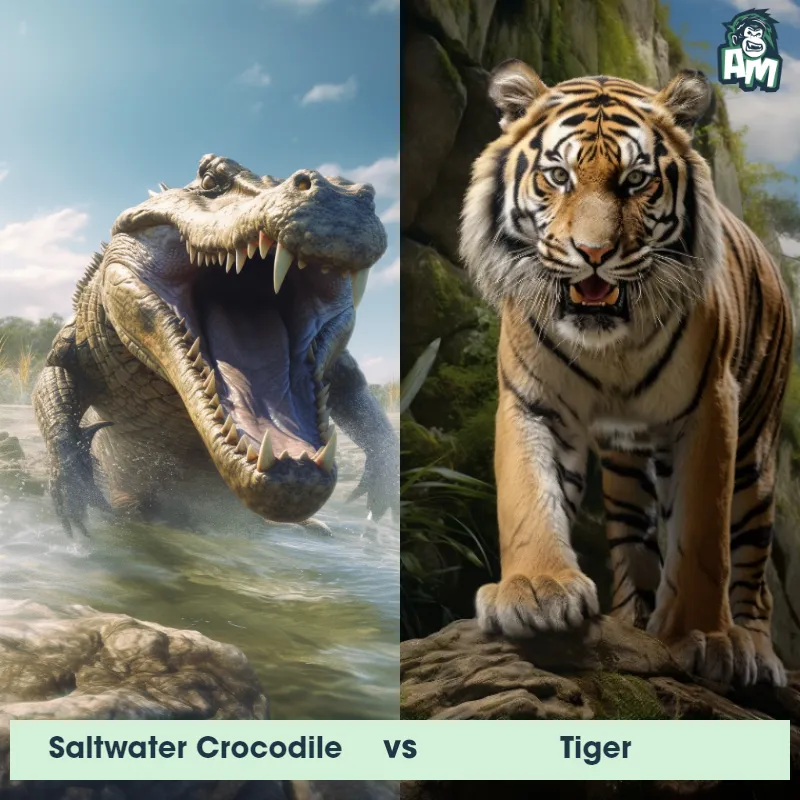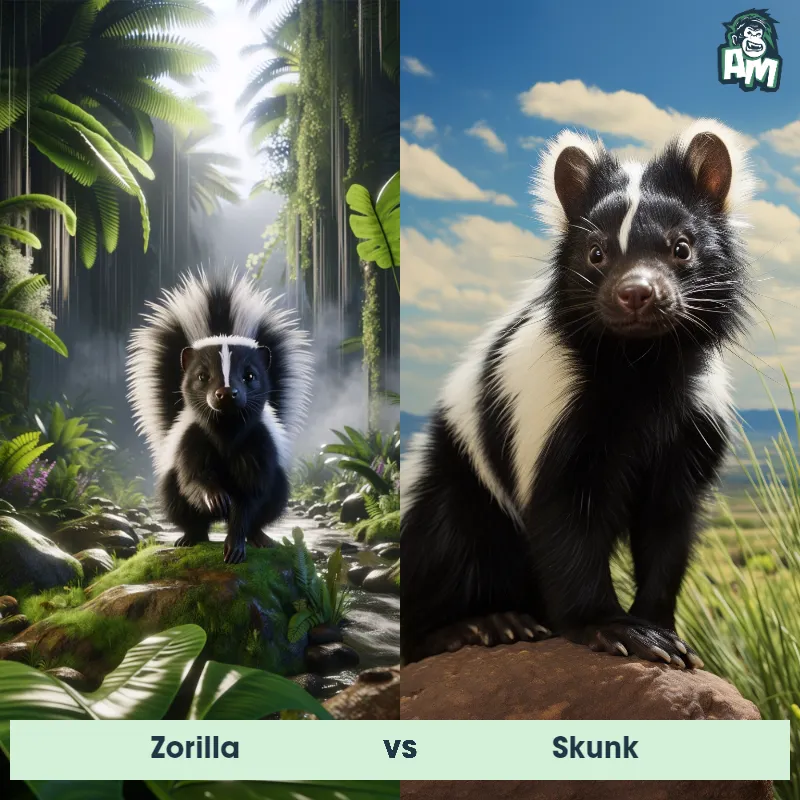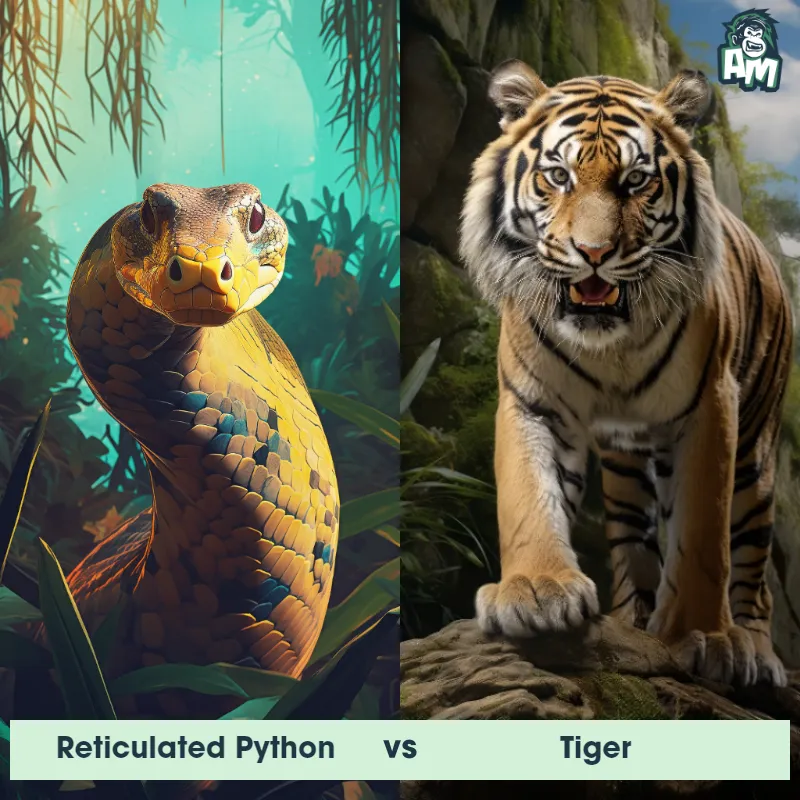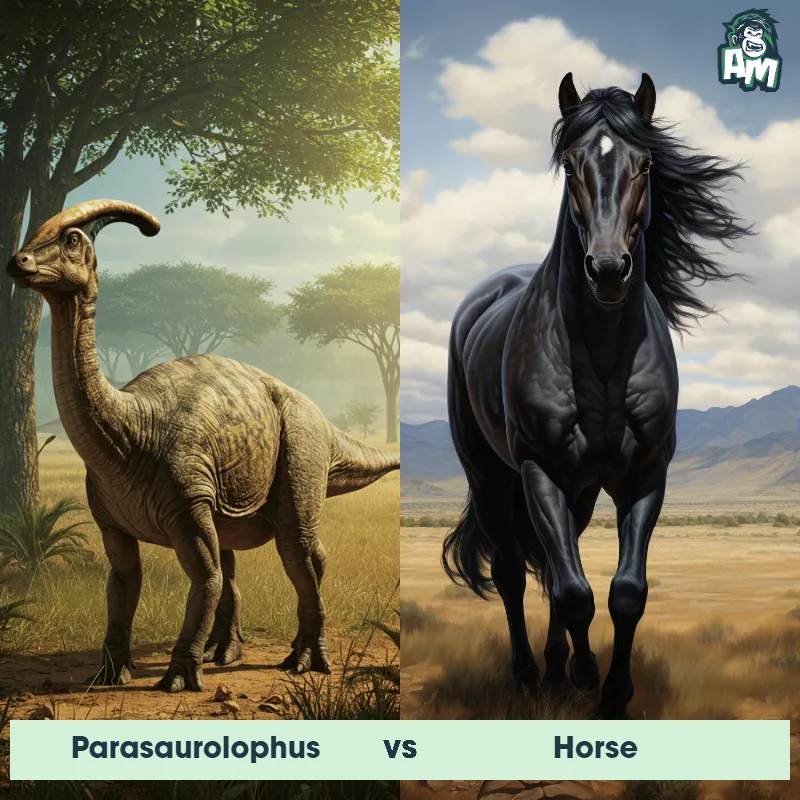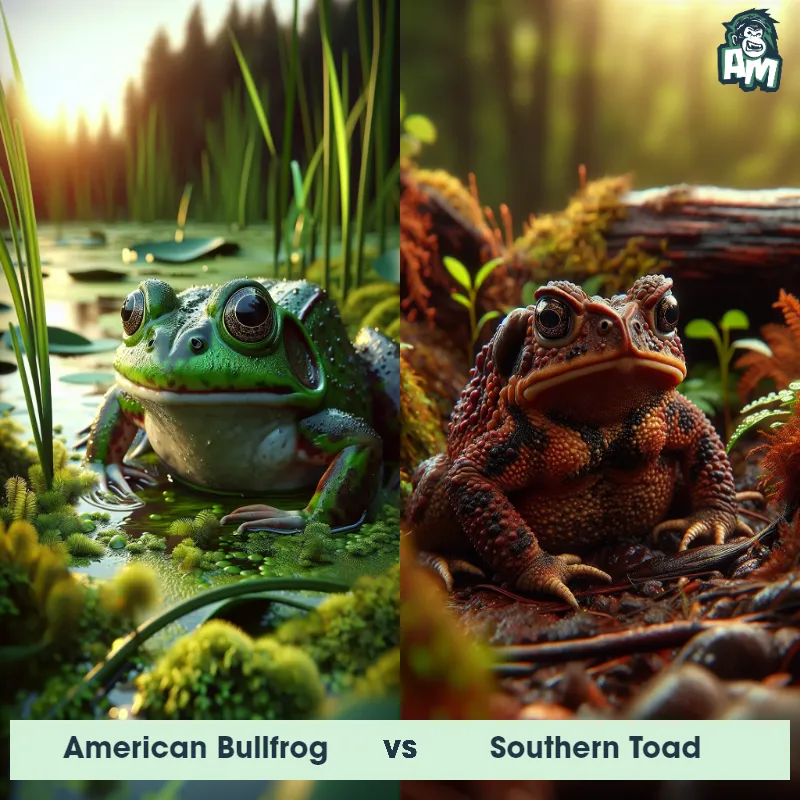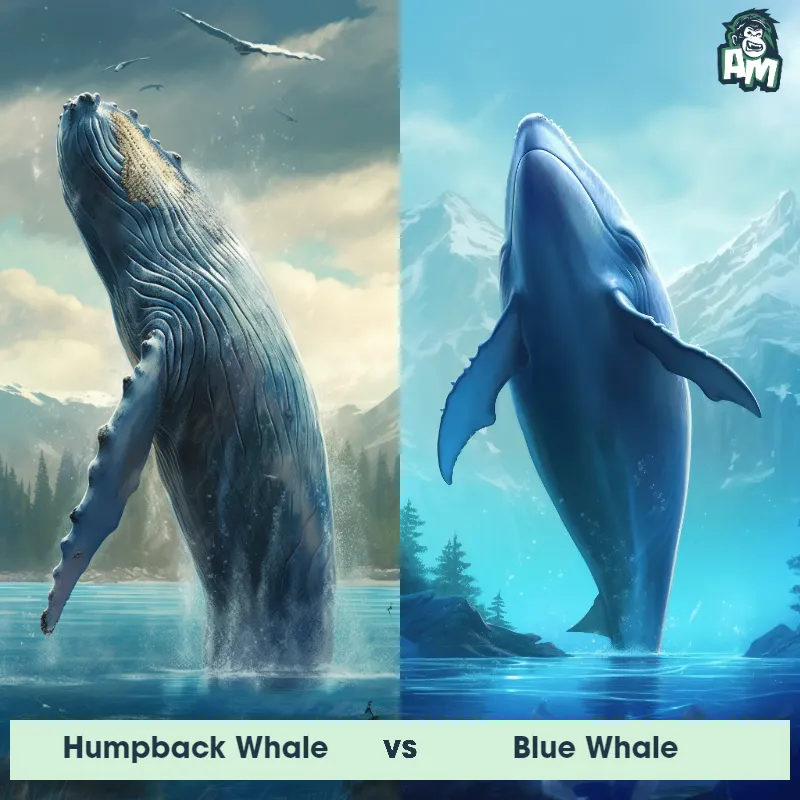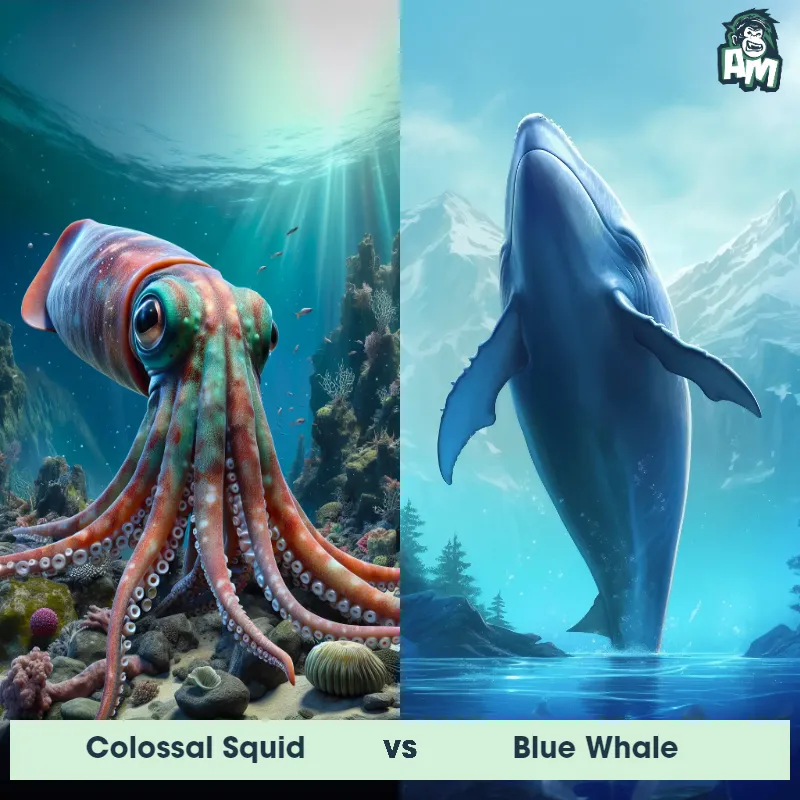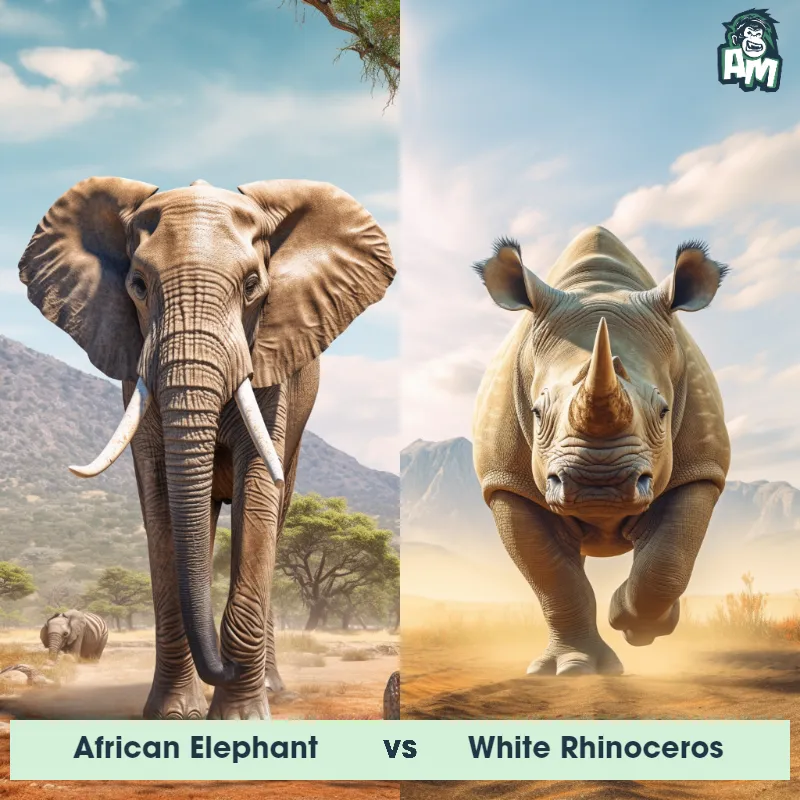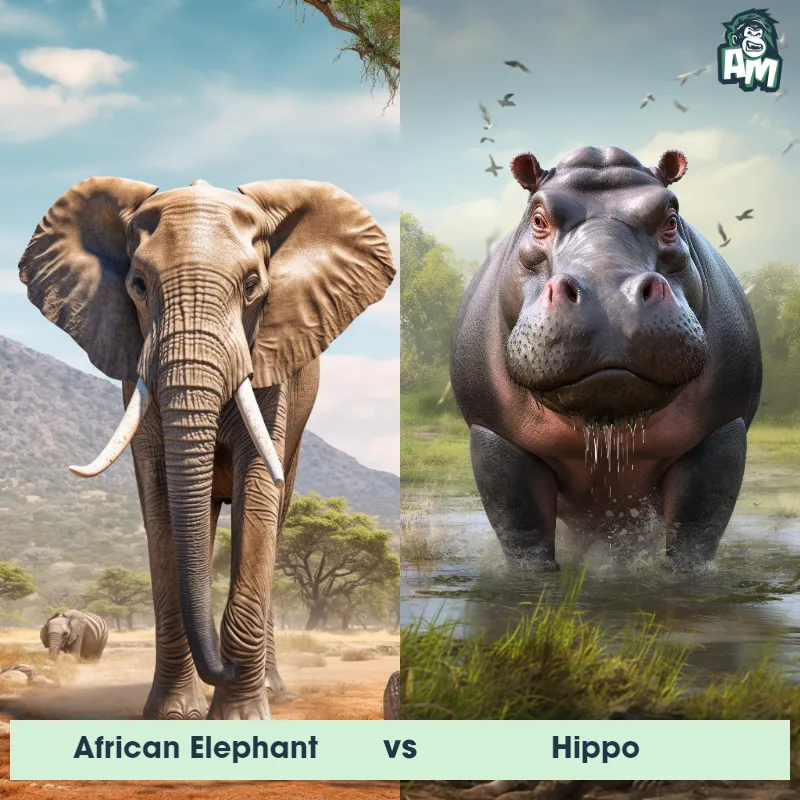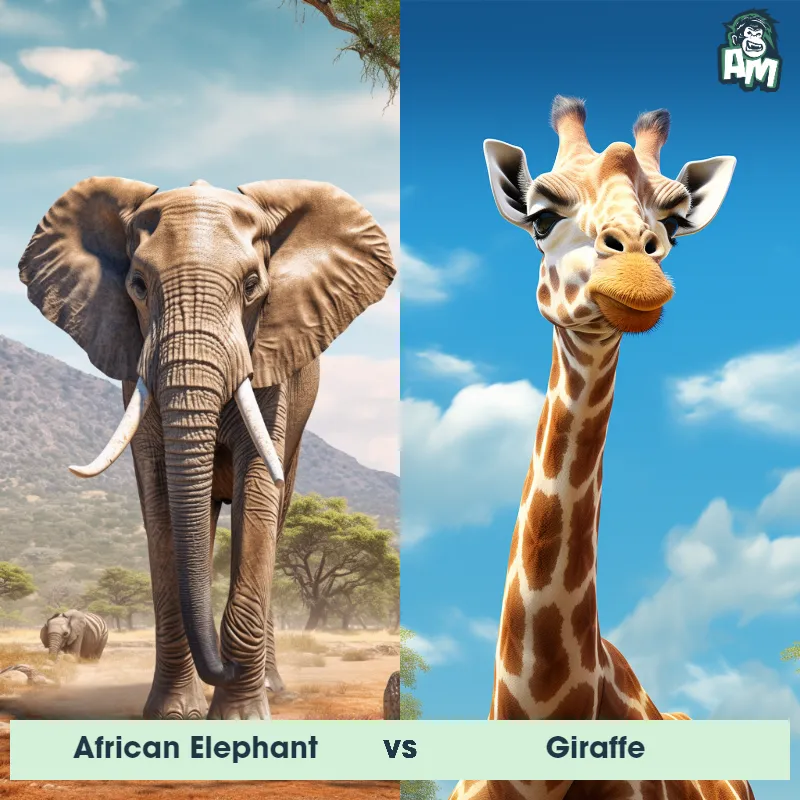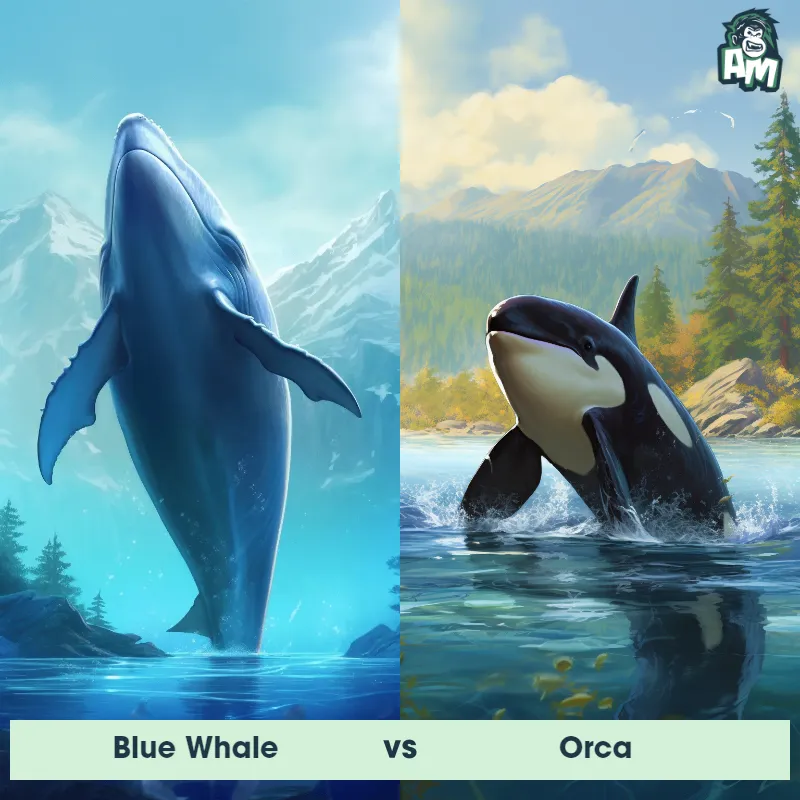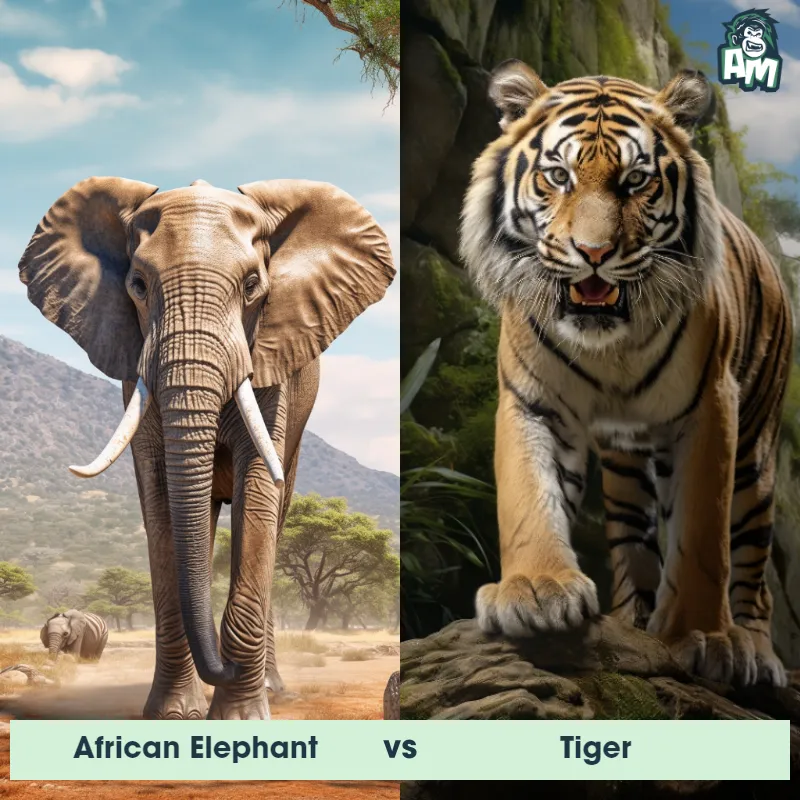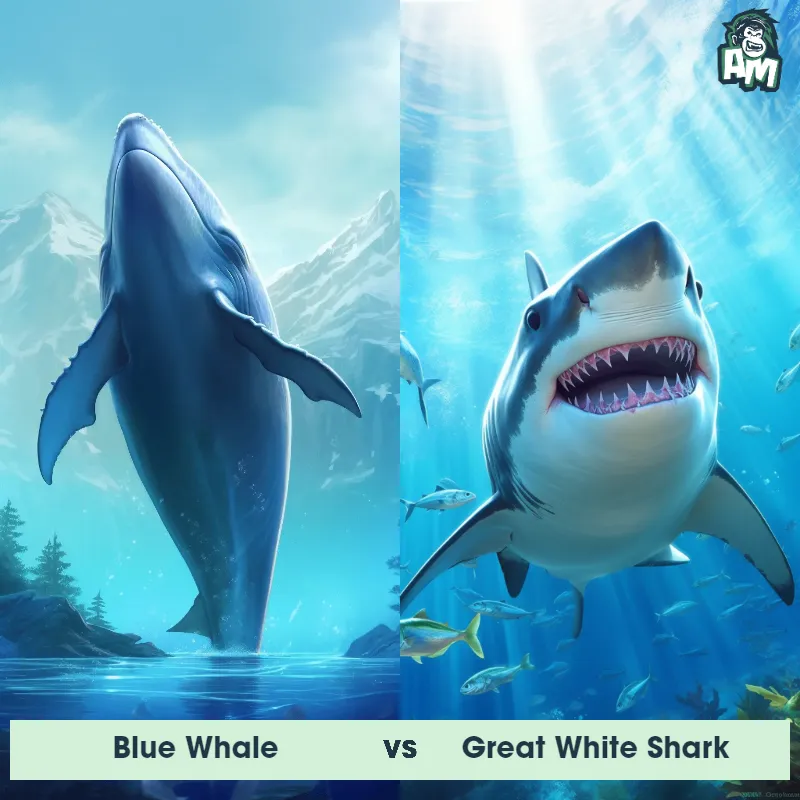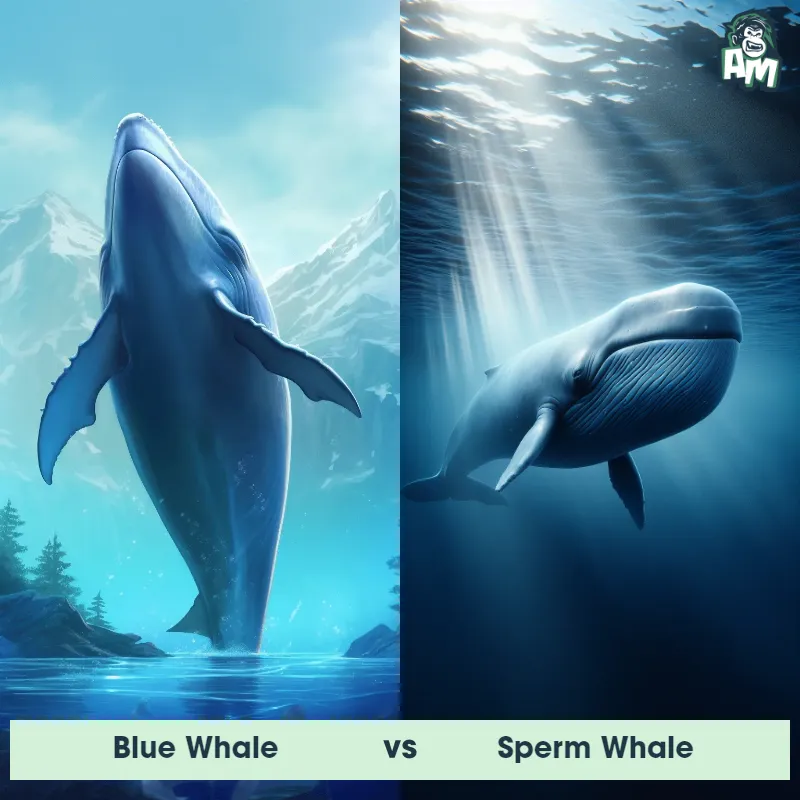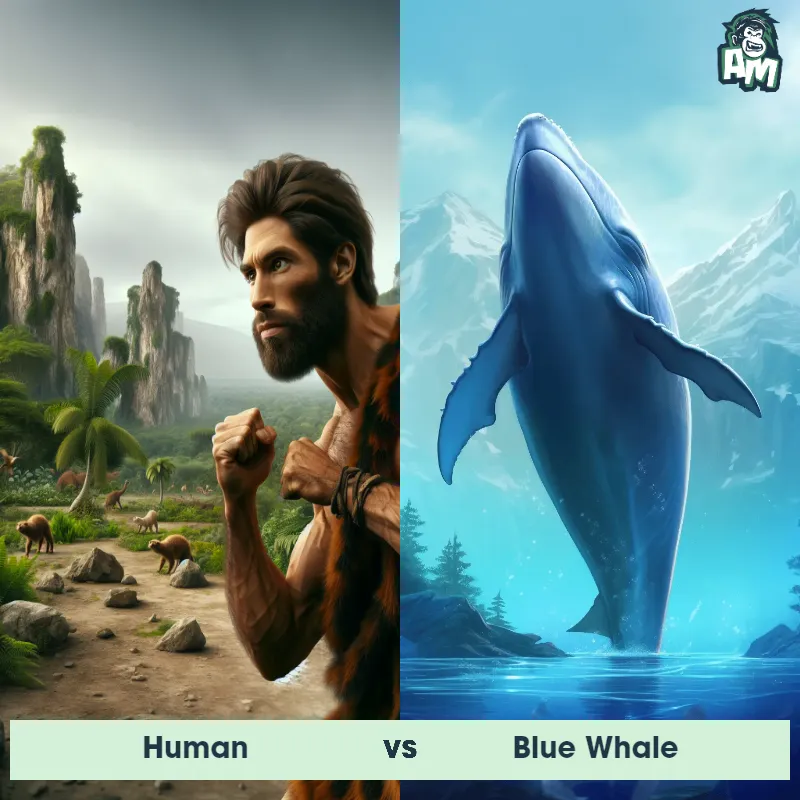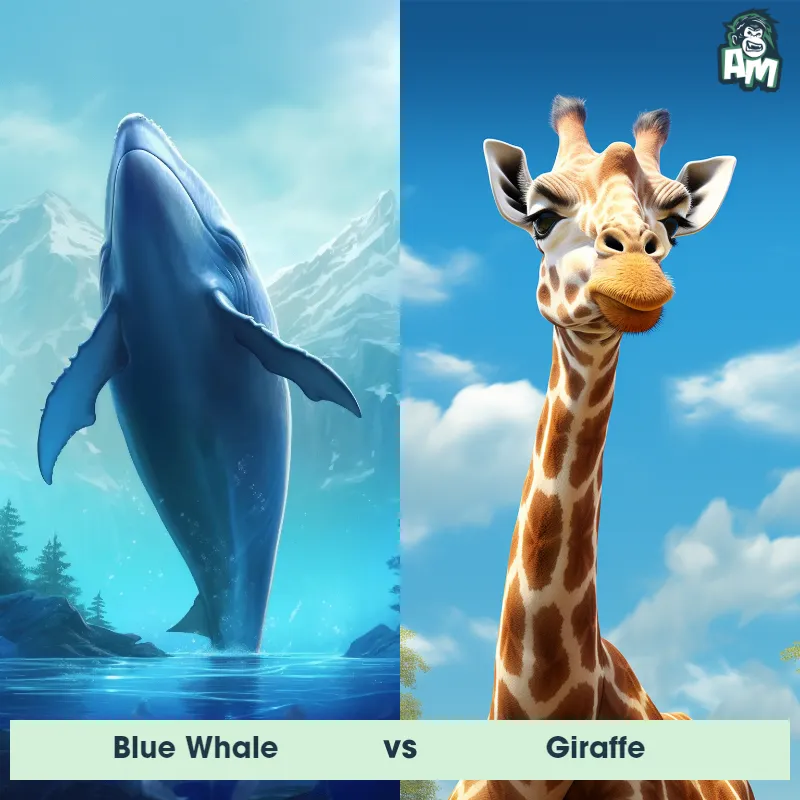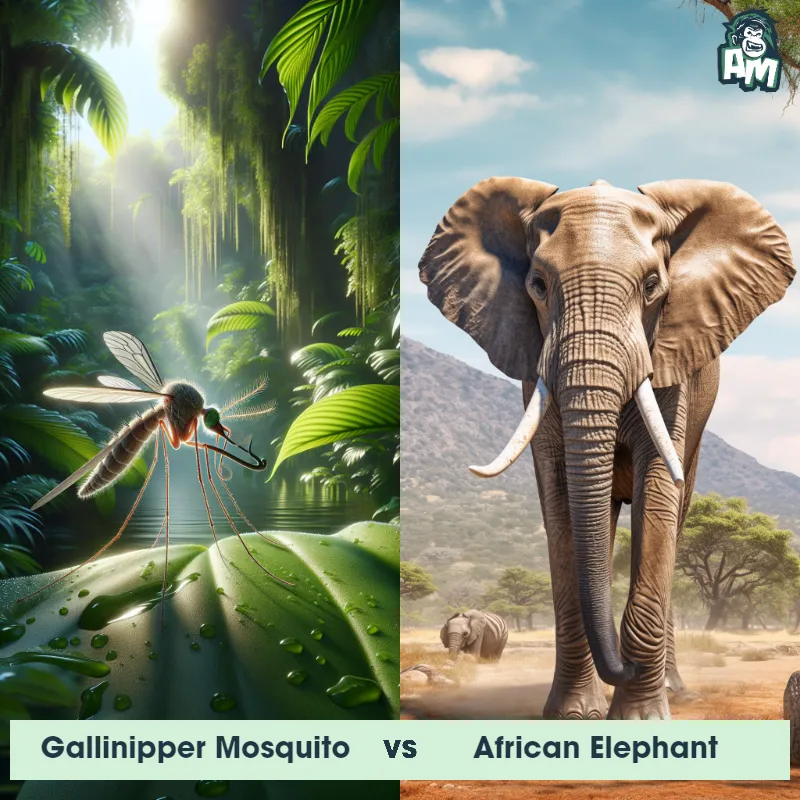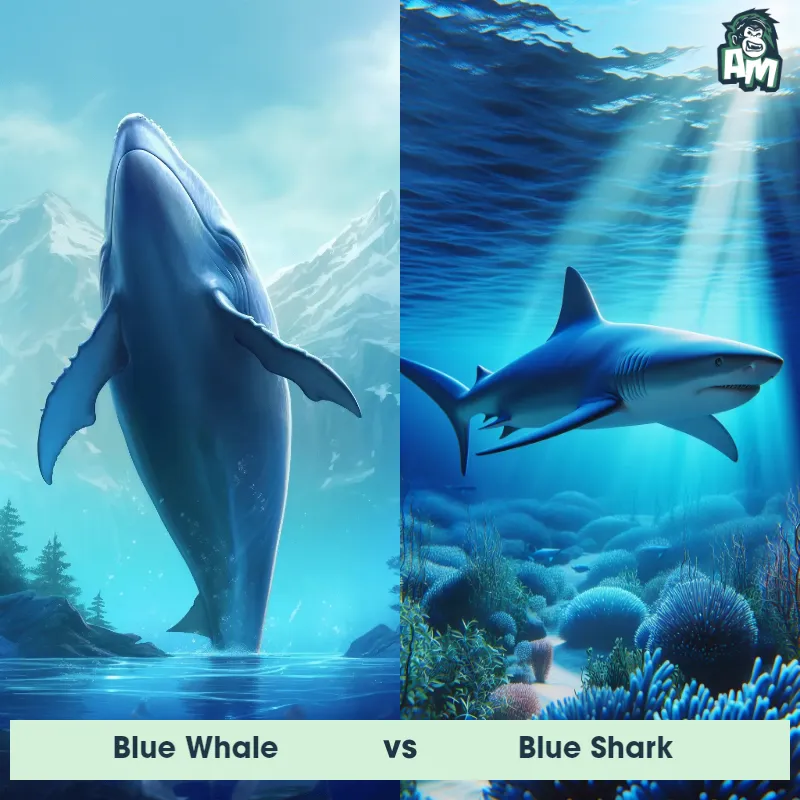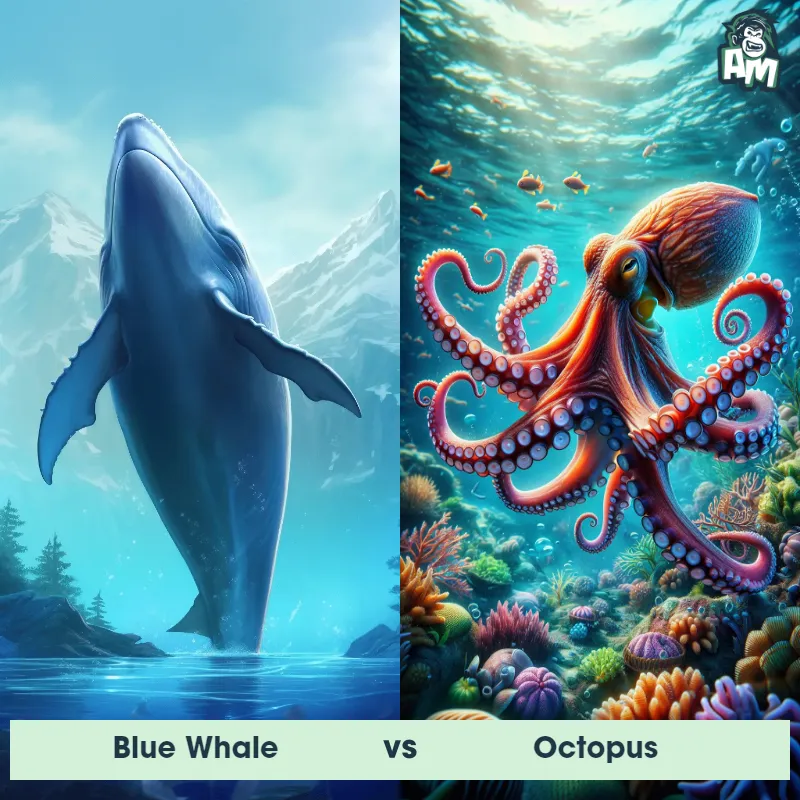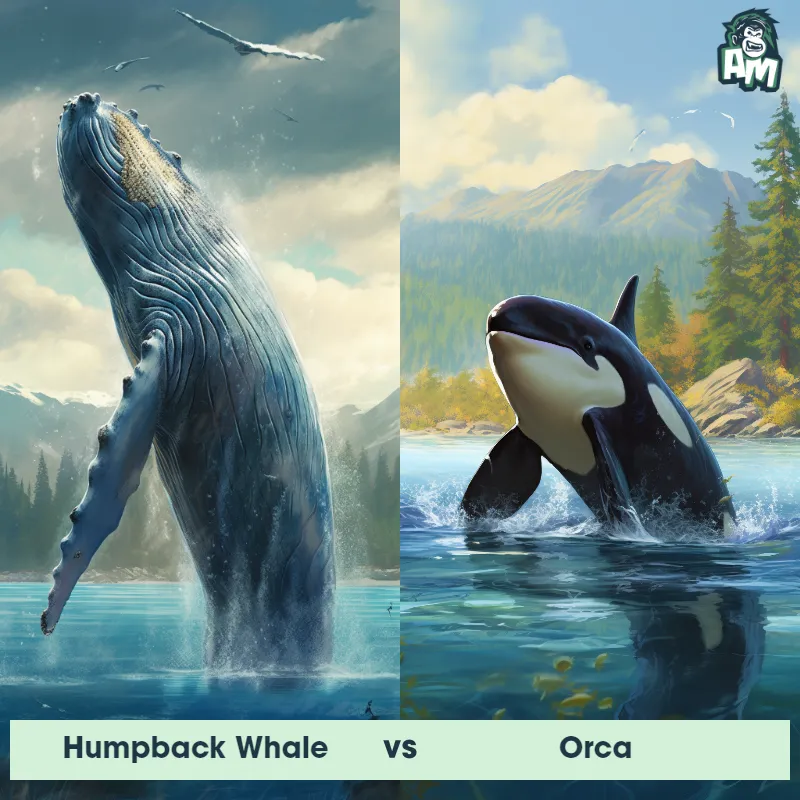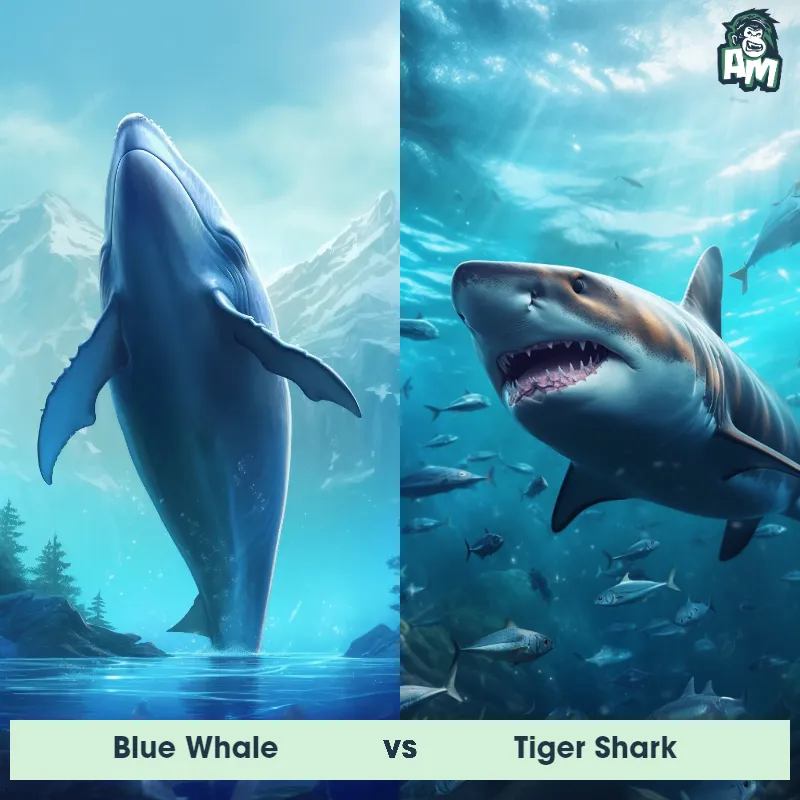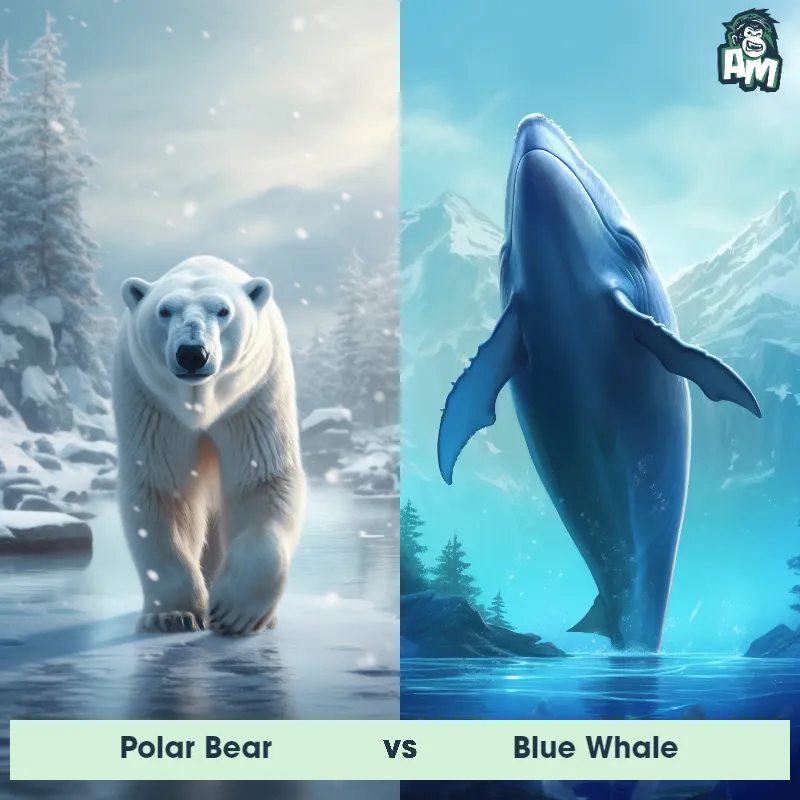African Elephant vs Blue WhaleSee Who Wins
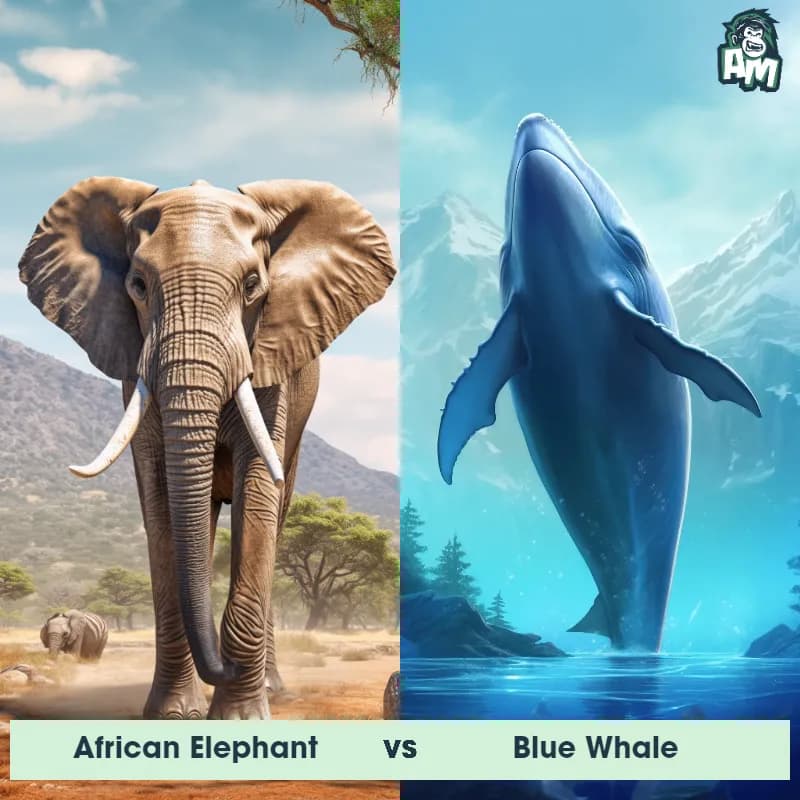
Today's match-up is perhaps the most unconventional one yet. In one corner, the largest land animal, the powerhouse of the African plains, the African Elephant. And in the opposite corner, the undisputed giant of the oceans, the Blue Whale. It's a true battle of terrestrial might against marine majesty.
Contender 1: African Elephant
The African Elephant, also known as the savanna elephant, is the largest land animal on Earth, weighing up to 14,000 pounds and standing up to 13 feet tall at the shoulder. They have a distinctive trunk, which they use for breathing, smelling, drinking, and grasping objects, as well as large ears that help regulate their body temperature. African Elephants are herbivores and can consume up to 300 pounds of vegetation in a single day.
Fun Fact: African Elephants have a unique way of communicating with each other that humans cannot hear - they use infrasonic sounds that can travel up to 6 miles away!
Contender 2: Blue Whale
The Blue Whale, also known as Balaenoptera musculus, is the largest animal on Earth, reaching lengths of up to 100 feet and weighing up to 200 tons. They have a long, streamlined body with a bluish-gray color and a small dorsal fin. Their diet consists mainly of krill, which they filter through their baleen plates. Blue Whales are known for their loud, low-frequency vocalizations, which can be heard for hundreds of miles.
Fun Fact: Blue Whales have the largest heart of any animal, weighing up to 1,000 pounds and being the size of a small car.
Matchup Stats
| African Elephant | Blue Whale | |
|---|---|---|
| Size | Up to 13 feet tall at the shoulder (3.96 meters); weight up to 14,000 pounds (6,350 kilograms) | Up to 100 feet (30.5 meters) |
| Weight | Up to 14,000 pounds (6,350 kilograms) | Up to 200 tons (181 metric tons) |
| Speed | Speed: 25 mph (40 km/hr) | Speed: 20 mph (32.19 km/hr) |
| Key Strength | Powerful tusks and trunk for defense and offense | None |
| Biggest Weakness | Vulnerable to attacks on their legs and underbelly | Slow movement |
Current Votes
African Elephant vs Blue Whale
See Who Wins
View More Matches
Looking For More?
Similar Matches
Scientific Stats
| African Elephant | Blue Whale | |
|---|---|---|
| Scientific Name | Loxodonta africana | Balaenoptera musculus |
| Family | Elephantidae | Balaenopteridae |
| Habitat | Grasslands, savannas, and forests | Open ocean |
| Geography | Sub-Saharan Africa | Worldwide |
| Diet | Herbivore, consuming up to 300 pounds of vegetation in a single day | Krill |
| Lifespan | 60 years - 70 years | 80 years - 90 years |
Key Differences between African Elephant and Blue Whale
- Ears: The Blue Whale lacks external ears, with only small openings on the sides of its head, while the African Elephant has large, fan-shaped ears that are prominent and easily visible.
- Limbs: The Blue Whale has two large, paddle-shaped flippers that aid in swimming, while the African Elephant has four sturdy legs with thick, pillar-like limbs for walking and supporting its massive body.
- Skin Texture: The Blue Whale has smooth skin that appears bluish-gray in color, often with mottled patterns caused by barnacles, while the African Elephant has rough, wrinkled skin that is usually gray or brown in color.
- Body Shape: The Blue Whale has a streamlined, torpedo-shaped body with a long, slender tail, while the African Elephant has a more compact, stocky body with a thick, muscular trunk and a relatively short tail.
- Trunk: The Blue Whale does not possess a trunk, but instead has a large, fleshy, and bumpy ridge called a "dorsal fin" on its back, while the African Elephant has a long, muscular trunk that serves as a versatile tool for feeding, drinking, and communication.
- Size: The Blue Whale is the largest animal on Earth, growing up to 98 feet in length and weighing up to 200 tons, while the African Elephant is the largest land animal, reaching heights of up to 13 feet and weighing around 6 tons.







